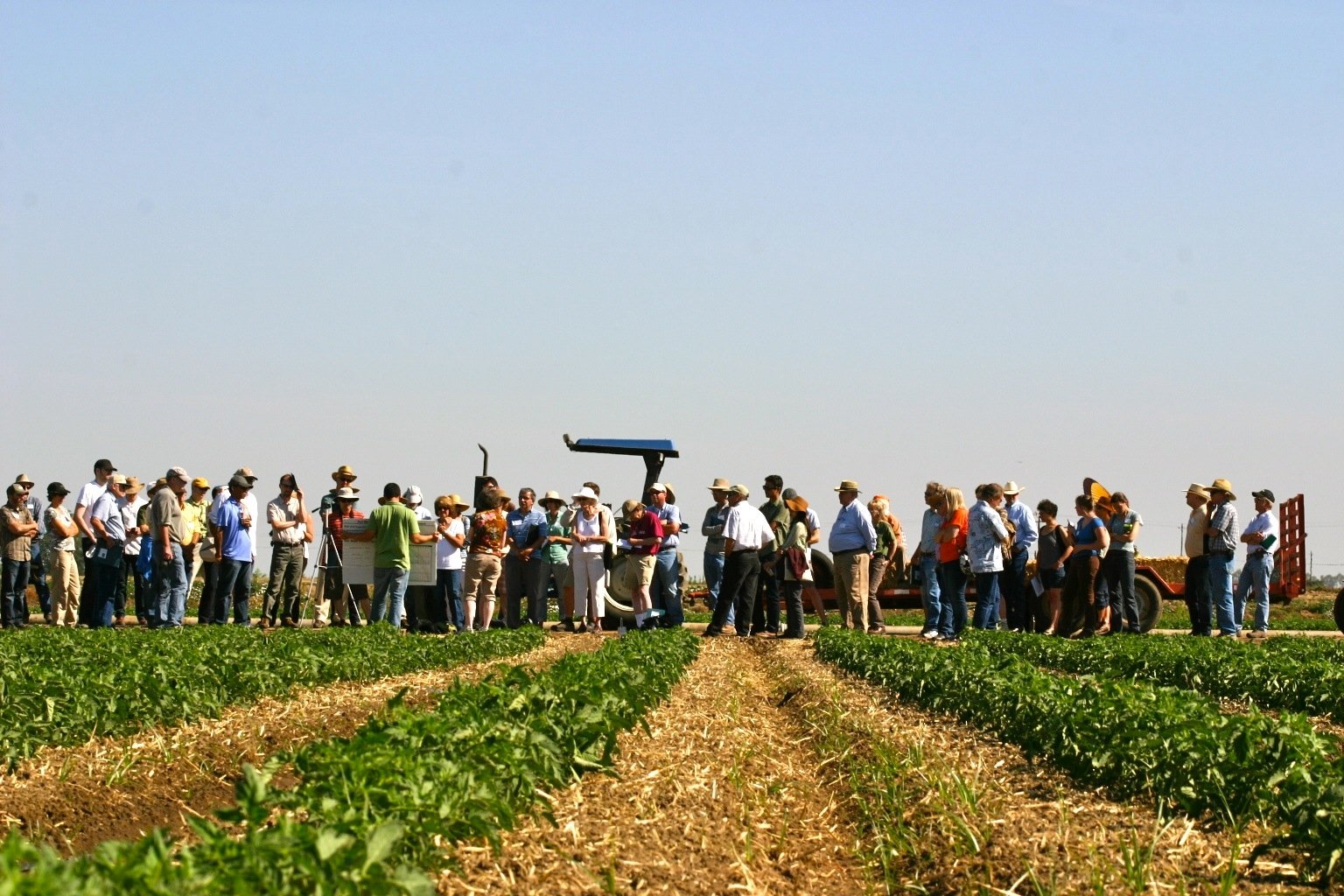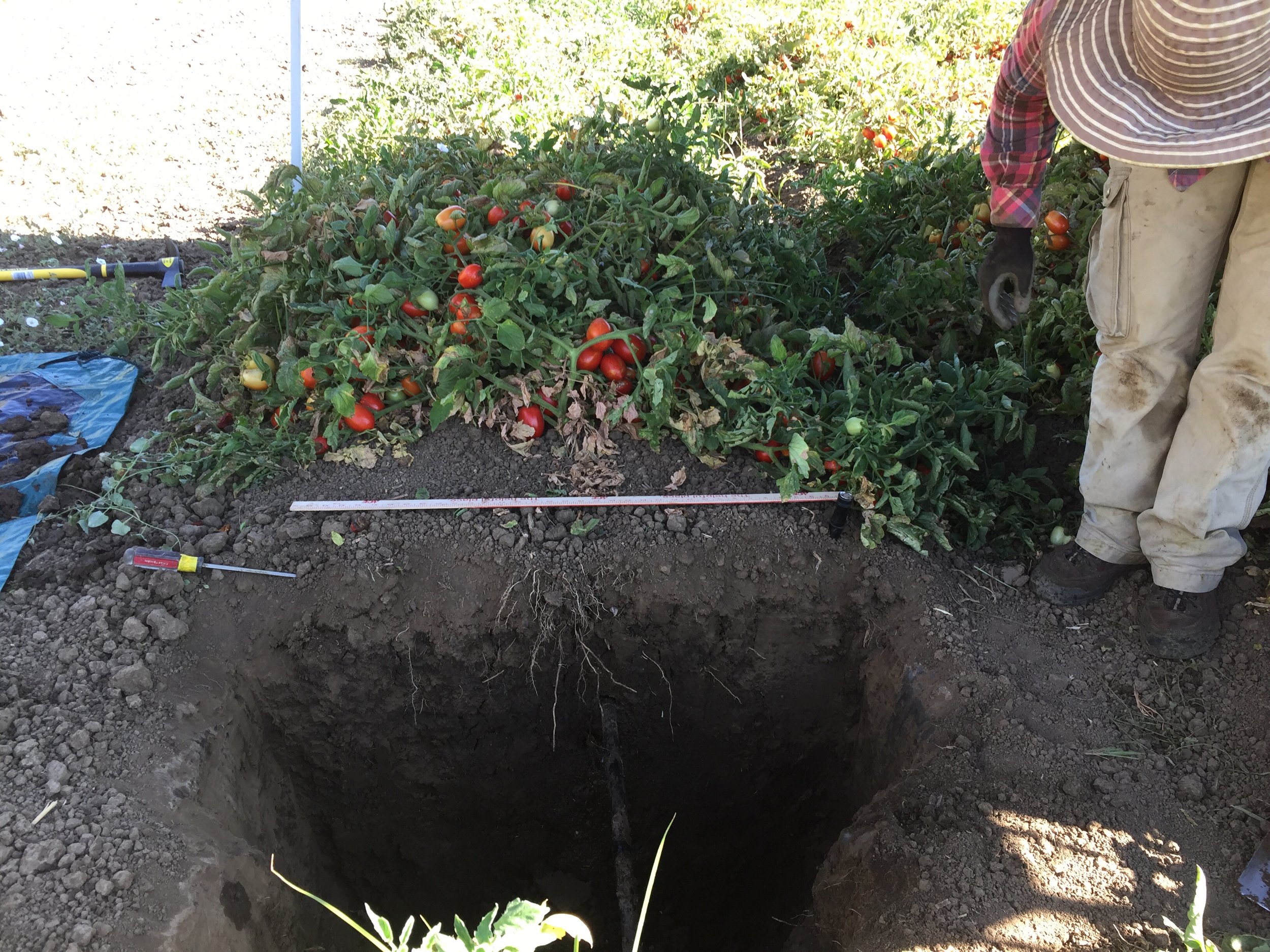The Century Experiment
The Century Experiment at the Russell Ranch Sustainable Agriculture Facility at the University of California, Davis provides long-term agroecological data from row crop systems in California's Central Valley from 1993 to 2022. The Century Experiment was initially designed to study the effects of a gradient of water and nitrogen availability on soil properties and crop performance in different cropping systems. The goal was to measure tradeoffs and synergies between agricultural productivity, sustainability, and resilience of California cropping systems and to understand the real impacts of agricultural management on resource use, economics, and the environment in the long term. The system includes different cropping systems–consisting of four different crops and a cover crop mixture–and one native grass system. Treatments were also rain-fed or irrigated. This data set represents the only known long-term set of data characterizing food production and sustainability in Mediterranean annual cropping systems.
Producer relevance
The experiment represents cash-grain, dairy forage, and vegetable production systems. Most producers in the area would employ the simplest crop rotation (control). Innovative producers in the area would employ the most complex crop rotation.
Expected benefits
Experimental treatments were selected to be Agroecological, Carbon-building, Organic, Soil health-building.
Local stressors
The expected climate change-related stressors in the area are: Atmospheric conditions (e.g., short-lived climate pollutants, dust), Droughts, Heat, Extreme precipitation events, Increased incidence of pests, Seasonal temperature changes, Salinization, Shifting rainfall patterns, Shifting snowfall patterns.
Useful links
https://asi.ucdavis.edu/programs/ce
https://esajournals.onlinelibrary.wiley.com/doi/full/10.1002/ecy.2105

An aerial view of the Century Experiment plots.

Research activities in tomato plots.

Soil core sampling in tomato plots.

A field day with local farmers and other interested parties.

Deep soil sampling in tomato plots.